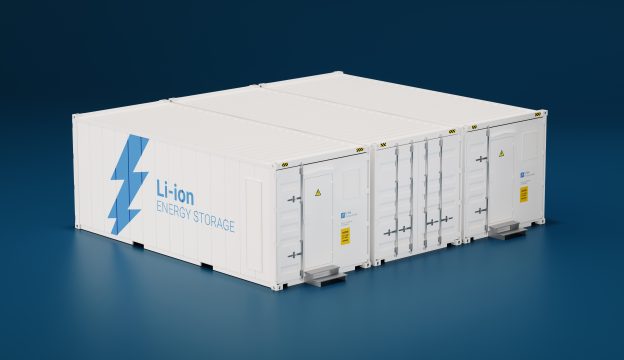
The first battery explosion in the US occurred in April 2019, where smoke started appearing from a plant of a 2MW lithium battery energy storage system, before the explosion took place, and 4 firefighters were injured as a result. Utility power companies Arizona Public Service (APS) and battery supplier LG Chem have announced two investigation reports of different results.
The incident happened at the McMicken battery energy storage, which was initiated in 2017 by APS, in Surprise, Arizona. Apart from creating substantial problems for APS and energy storage Fluence that has been maintaining a perfect safety record, the installation of an 850MW energy storage system that is expected to happen in 2025 has also be postponed.
APS publicly announced the latest investigation in July, and believes that the fire was caused by a series of errors, and the primary factor is the lithium battery. The lithium batteries initially stored within the plant had been malfunctioned, shorted, and overheated, where the fire extinguishing system inside the battery container was not able to prevent the overheat batteries from spreading to their “neighbors”, thus resulting in a comprehensive overheating for these battery units formed by several batteries and battery management system, before leading to the unstoppable cascading thermal runaway.
The report pointed out that although the battery energy storage system is installed with a fire extinguishing system, it is merely designed to put out small fire such as burning trash cans, and the aerosol fire extinguisher is unable to stop batteries that are in thermal runaway. Hence, the continuously elevated temperature of the battery units, plus the flammable gas within the container, had led to the gas explosion when firefighters opened the door.
As pointed out by the investigation report, this incident was primarily caused by internal malfunctions of battery cells, and the failure to maintain “safe distance” between batteries, as well as the inadequate air conditioning system within the battery energy storage container and insufficient training of personnel. The issue of accumulated gas must first be resolved in order to prevent similar incidents from occurring again in the future, where a detector needs to be installed to monitor the indoor gas concentration, before implementing gas exhaustion. Personnel training is also critical in resolving the relevant issue.
The infamous “dendrites” are the main cause for the short circuit in the batteries involved in this incident, though the surprising thing is that such condition also appears on batteries that have been used for approximately two years. As indicated by the report, the McMicken battery plant was assembled by Fluence Energy, whereas the batteries came from the secondary batteries provided by LG Chem.
However, LG Chem has something different to say in terms of the new report. According to the report released by LG Chem and battery analysis company Exponent in August, the two companies believe that the fire was not caused by batteries. Exponent pointed out that evidence became available after testing and rigorous experiment in proofing that the fire was not derived from malfunctioned battery cells, but the external electric arc may also result in a fire. LG Chem then added that the protective measures of the energy storage system not only protect batteries, but are also equipped with fire extinguishing equipment and advanced security system.
There are differences in both investigation results and report composition from either parties, where Exponent conducted additional inspection and experiment, and APS had commissioned accredited registrar DNV GL to compose the report by summarizing the investigation of this incident into an analysis report that was written by the latter through personal experience without actual field survey. The precise point of fire was not located at the time, and personnel was prompted to reconstruct the site through the collection of fragmented clues. DNV GL also pointed out that an abnormal accumulation of lithium metals and growth of dendrites were discovered at another power plant Festival Ranch after a random sampling inspection.
LG Chem commented that more factors need to be taken in account as the battery malfunction may be caused by shortage or external factors (electric arc).
However, both APS and LG Chem believe that the explosion was caused by a gas explosion, where the flammable gas accumulated within the battery container was instantly ignited when the firefighters opened the door. Rick Swan, Director of Health and Safety Operation Services, IAFF, expressed the concern of the fire department on energy storage system, who believes that supervisors must constantly implement system monitoring, as well as stipulate detailed emergency response plans.
(Cover photo source: shutterstock)







